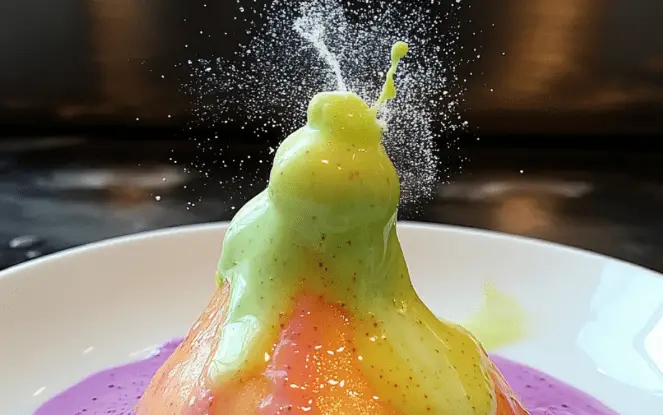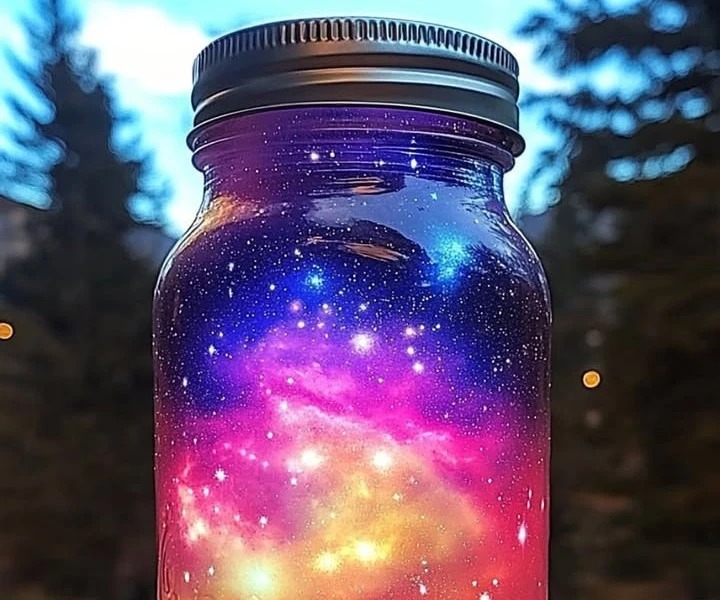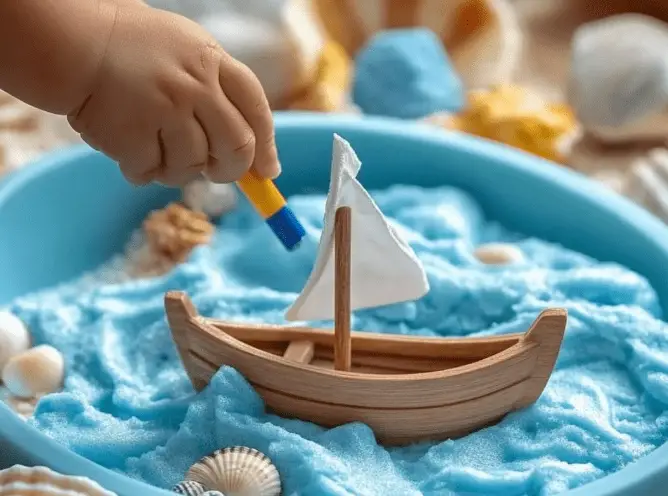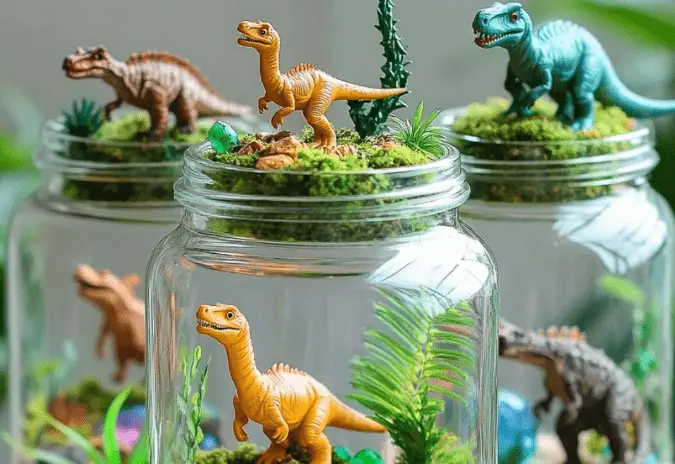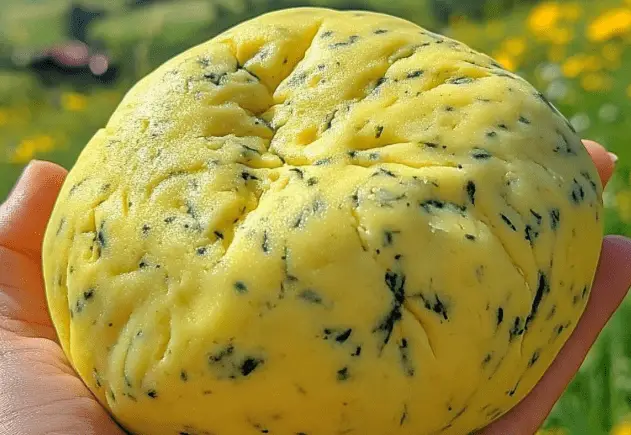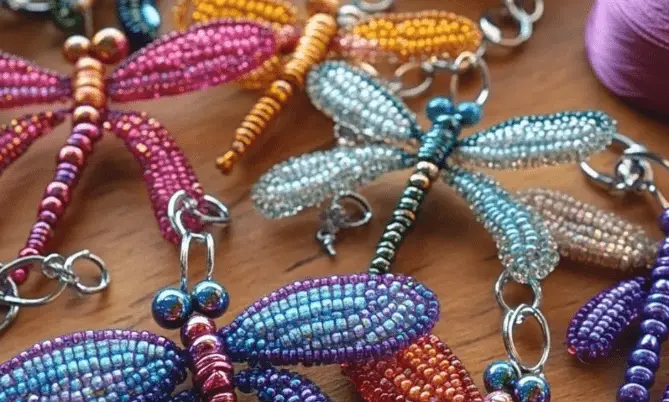Apple Volcano: A Fun and Fruity Science Experiment for Kids
If you’re looking for a simple yet unforgettable science activity that combines fruit, fun, and fizz, the Apple Volcano experiment is just the thing. This playful take on the classic baking soda and vinegar reaction turns an ordinary apple into a miniature erupting volcano. It’s quick to set up, safe for young learners, and filled with educational value—all while offering a colorful and hands-on experience.
Whether you’re planning a classroom science demo, a homeschool project, or just a creative afternoon activity with your kids, this experiment is an exciting way to explore chemistry while using common household ingredients. It’s perfect for fall themes, fruit-related lessons, or just adding a twist to traditional science experiments.
Table of Contents
Ingredients
To make your very own Apple Volcano, gather the following ingredients:
- 1 apple
- 1 tablespoon baking soda
- 1/4 cup white vinegar
- Food coloring (optional)
These ingredients are simple, non-toxic, and easy to find in most kitchens. You can create this experiment with a single apple or set up multiple apples for a multi-volcano eruption.
Carefully Remove the Core
Begin by selecting a firm, fresh apple. Using a corer or a small knife, carefully remove the core of the apple. The goal is to create a cavity in the center without cutting through the bottom. This hollow space will serve as the “volcano chamber” for the baking soda.
Make sure the cavity is deep and wide enough to hold at least one tablespoon of baking soda. If working with younger children, you may want to assist with this step to ensure safety.
Spoon in the Baking Soda
Place the apple on a dish or shallow tray to catch the eruption. Spoon one tablespoon of baking soda into the hollowed-out apple. This sets the stage for the chemical reaction.
To make things more exciting, add a few drops of food coloring on top of the baking soda. Red or orange will give it that fiery lava look, while neon green or purple adds a fun twist for Halloween or themed parties.
Add Vinegar and Watch It Erupt
Now comes the exciting part. Slowly pour 1/4 cup of white vinegar into the cavity of the apple over the baking soda. Almost instantly, the reaction will begin. Bubbles, fizz, and colored foam will erupt from the apple’s top, spilling down the sides like lava from a volcano.
Step back and enjoy the mini explosion. Kids will love watching the mixture bubble and foam, creating an exciting, fruity eruption.
Benefits of This Craft
The Apple Volcano science experiment is more than just a fun activity—it’s also rich in educational and developmental benefits:
- Teaches basic chemistry. This experiment demonstrates an acid-base reaction between vinegar (acetic acid) and baking soda (sodium bicarbonate), which creates carbon dioxide gas and foam.
- Encourages hands-on learning. Kids actively engage in setting up and observing the reaction, which improves understanding and memory retention.
- Promotes observation and critical thinking. Children can predict what will happen, observe the results, and describe changes using scientific language.
- Combines science with nature. Using a fruit adds a sensory and visual layer to the experiment, connecting natural elements with chemistry.
- Perfect for all ages. Younger children enjoy the spectacle, while older kids can dig deeper into the chemical explanation.
- Low cost and mess-free. The setup is quick, and the cleanup is easy, especially if done on a tray or in a bowl.
This craft also encourages curiosity and exploration. You can extend the learning by trying different fruits, measuring how much vinegar produces the largest eruption, or testing different amounts of baking soda.
Tips
Here are some tips to enhance your Apple Volcano experience:
- Choose the right apple. Use medium or large apples that are sturdy and not overly ripe. They’ll hold their shape better and contain the reaction more effectively.
- Use a tray or bowl. Set the apple in a shallow bowl or plate to contain the foaming mixture and simplify cleanup.
- Let kids choose colors. Allowing children to pick the food coloring gives them a creative role and makes the experiment more personalized.
- Repeat with variations. Try using lemon juice instead of vinegar, or test how the eruption changes with different baking soda quantities.
- Use measuring spoons and cups. This encourages math skills and ensures consistent results.
- Add dish soap for extra foam. A drop of dish soap in the cavity can produce a thicker, longer-lasting foam eruption.
Encourage kids to take notes or draw pictures of what they observe before and after the eruption. This supports early science literacy and reflection.
What Does It Taste and Look Like?
This experiment is not designed to be eaten, but it is completely food-safe. The apple will become coated in vinegar and baking soda foam, making it unappealing for consumption afterward. However, its appearance during the experiment is the main attraction.
The final look resembles a bubbling, fizzing volcano with frothy foam spilling from the top. The color of the eruption depends on the food coloring used, giving kids the opportunity to make red lava, green slime, or any creative variation they imagine. The texture of the foam is light and airy, and the reaction is accompanied by a gentle fizzing sound that adds to the sensory experience.
The apple retains its shape during the reaction, and the natural skin provides a beautiful contrast to the vibrant foam.
How to Store
This experiment is best enjoyed fresh and in real-time. However, if you want to prepare in advance or preserve materials for later use, here are a few tips:
- Prepare apples in advance. You can core and hollow out the apples a few hours before the experiment. Store them in the refrigerator until ready to use.
- Avoid storing the mixed reaction. Once baking soda and vinegar are combined, the reaction happens immediately. It cannot be stored or reused.
- Store extra ingredients. Keep unused baking soda and vinegar in sealed containers for future experiments.
- Dispose of the apple afterward. Once the reaction is complete, discard the used apple in your compost or trash. Rinse any tools or trays with water.
If you’re planning this for a group or class, you can prep multiple apples and store them in zip-top bags in the fridge until showtime.
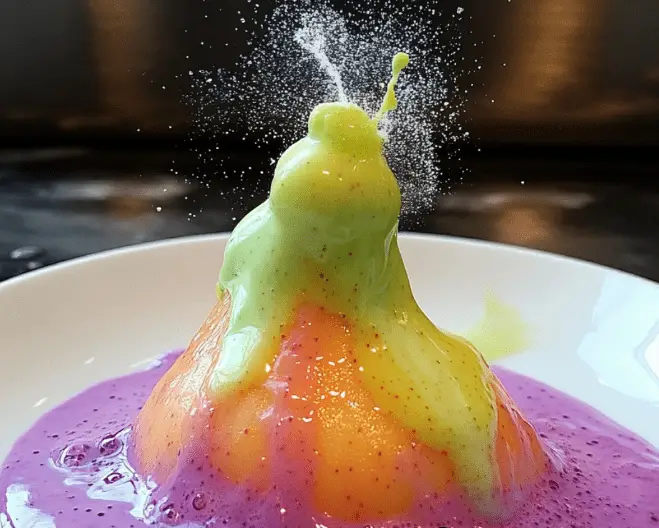
The Apple Volcano experiment is a delightful way to combine science with play. With minimal materials and maximum visual impact, it offers a fun and educational experience that captivates learners of all ages. From crafting the volcano to watching it erupt in a fizzy burst, every step provides an opportunity for curiosity, creativity, and scientific discovery.
This craft is an excellent choice for parents, teachers, and caregivers who want to make science approachable and exciting. With easy cleanup and no special equipment required, it’s a perfect last-minute activity that always delivers smiles and amazement.
For even more hands-on, educational experiments like this, visit More DIY craft ideas and find inspiration for your next family-friendly science adventure.
FAQ
Can I reuse the apple for another eruption?
No. Once the vinegar and baking soda react, the apple absorbs moisture and softens. It’s best to use a fresh apple for each experiment.
Is the eruption safe for kids to touch?
Yes. The reaction is safe and non-toxic, but always supervise young children and encourage hand washing afterward.
Does the apple rot quickly after the experiment?
Yes. The apple may begin to soften and spoil within a day, especially after contact with vinegar. Dispose of it after the experiment.
Can I use apple cider vinegar instead of white vinegar?
Yes, but white vinegar tends to produce a more dramatic reaction due to its higher acetic acid concentration.
What other fruits can I use?
Try using hollowed-out oranges, lemons, or even bell peppers for fun variations. Each one will react a little differently.

